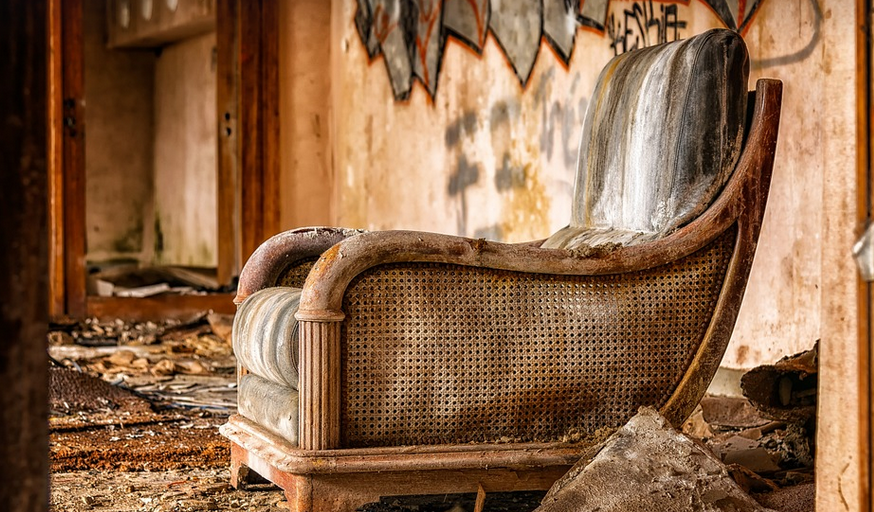What is Dry Socket, Anyway?
Dry socket, also known as alveolar osteitis, is a painful complication that can occur after tooth extractions. Imagine the socket – the empty space where your tooth used to be – feeling incredibly uncomfortable and raw. This discomfort stems from the lack of blood flow in that area, which triggers inflammation. It’s no fun, folks!
The pain and swelling associated with dry socket can make daily activities difficult, from eating to talking to simply smiling.
Bone Grafting: A Potential Solution?
Bone grafting is a procedure where bone or other materials are introduced into the extraction site to promote healing. It’s often used in conjunction with periodontal surgeries to strengthen and rebuild damaged gums. Now, when it comes to dry socket, the question is: does bone grafting prevent it?
The short answer is: sometimes. While it doesn’t guarantee complete dryness or elimination of the risk of dry socket, bone grafts come with some benefits that could potentially help.
Why Bone Grafts Work
Here’s how bone grafting can work in preventing dry socket:
- **Stabilizing Tissue**: Bone grafts act as a scaffold for new bone growth. This helps to stabilize the surrounding tissues, which means they’re less likely to move and get irritated.
- **Blood Supply Support**: Bone grafts can promote blood flow to your extraction site. The increased blood supply helps with healing and reduces risk of dry socket.
- **Reducing Inflammation**: A well-executed bone graft promotes faster healing, which in turn minimizes inflammation. Less inflammation means less chance of the painful symptoms associated with dry socket.
The Bigger Picture: Bone Grafts are Versatile
It’s important to remember that bone grafting isn’t a magic bullet for preventing all forms of dry socket. But this procedure can be incredibly valuable when used in the right context.
Bone grafting is often recommended after tooth extractions, especially if you have a history of dry socket or are at higher risk for developing it. However, even without bone grafting, good oral hygiene and proper post-extraction care can significantly minimize your chances of experiencing dry socket.
Other Ways to Decrease Your Risk:
Let’s discuss some other preventative measures that can help decrease the likelihood of dry socket:
- **Maintain Good Oral Hygiene:** Floss regularly, brush twice a day with fluoride toothpaste, and see your dentist for regular checkups.
- **Avoid Smoking:** Smoking significantly weakens your body’s ability to heal from any injury, including tooth extractions.
- **Follow Your Dentist’s Instructions Carefully:** Pay close attention to your dentist’s post-extraction instructions regarding medication, diet, and oral care.
- **Manage Stress:** Stress hormones can interfere with healing. If you find yourself under a lot of stress after an extraction, try incorporating relaxation techniques like meditation or yoga into your routine.
Bone Grafting: The Verdict
While bone grafting doesn’t completely eliminate the risk of dry socket, it significantly improves your odds of healing faster and with less discomfort. It’s worth considering as a preventive measure after tooth extractions to minimize the chances of experiencing this painful complication.
If you’re planning on having a tooth extraction, talk to your dentist about bone grafting to see if it’s right for you. Understanding the benefits and limitations of bone grafting can help you make informed decisions about your oral health care.


